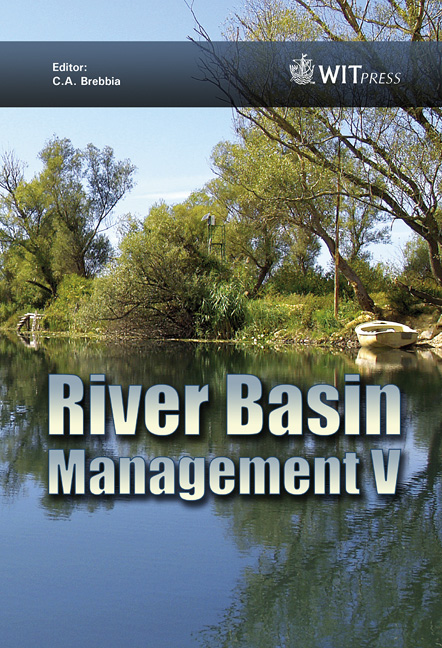Environmental Management Of Riparian Tree Health In The Murray-Darling Basin, Australia
Price
Free (open access)
Transaction
Volume
124
Pages
10
Page Range
197 - 206
Published
2009
Size
1,973 kb
Paper DOI
10.2495/RM090181
Copyright
WIT Press
Author(s)
T. Doody & I. Overton
Abstract
Native riparian floodplain vegetation communities within the Murray-Darling Basin have been suffering severe health decline for many years in response to decreased water availability primarily due to drought and salinity and because the forests have been receiving less flooding and less frequently. It is estimated that over 60% of riparian tree vegetation in major wetlands and floodplains is in poor health or dead. The native vegetation, predominately Eucalyptus open forest and woodlands, is dependent upon a combination of surface flooding and groundwater availability as sources of water use. Management options to improve tree health are vital to the floodplain and its wetland systems and include the application of environmental water to priority areas experiencing severe health decline. Current techniques to identify critically stressed vegetation rely on visual canopy health assessment, but it is unclear how reliable such visual indicators predict the response of trees to water application or how resilient the vegetation will be to continuing water stress. A simple, new, quantitative, field-based method has been developed to improve the identification of water stress of River Red Gums on floodplains. The method is based on the ratio of stem sapwood cross-sectional area to stem basal area (the sapwood area ratio). Research presented in this paper indicates that a dead or dying tree may or may not possess live sapwood. Where tree health has only recently declined, visual indicators of health may not detect the presence of live sapwood and therefore will underestimate the potential for the tree to recover after watering. Along with varied responses to watering, trees have also been found to suffer decline in health following the first watering. Understanding the role of the sapwood area ratio in tree response and resilience will provide better management guidelines for environmental watering. This technique therefore, provides a new tool to assist with environmental management of floodplain vegetation within the Murray-Darling Basin and other locations where trees are suffering from water stress. Keywords: river red gum, eucalyptus camaldulensis, riparian vegetation, sapwood area, basal area, vegetation health, resilience, drought, salinity.
Keywords
river red gum, eucalyptus camaldulensis, riparian vegetation, sapwood area, basal area, vegetation health, resilience, drought, salinity





